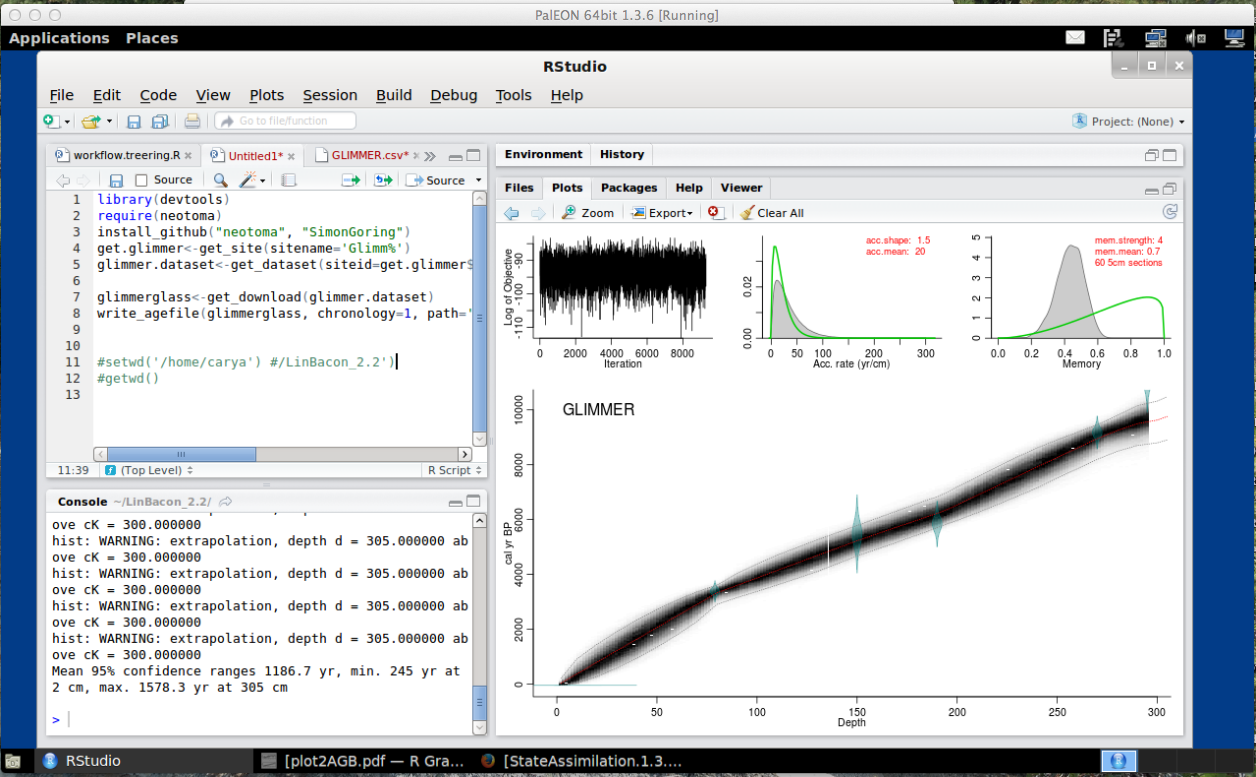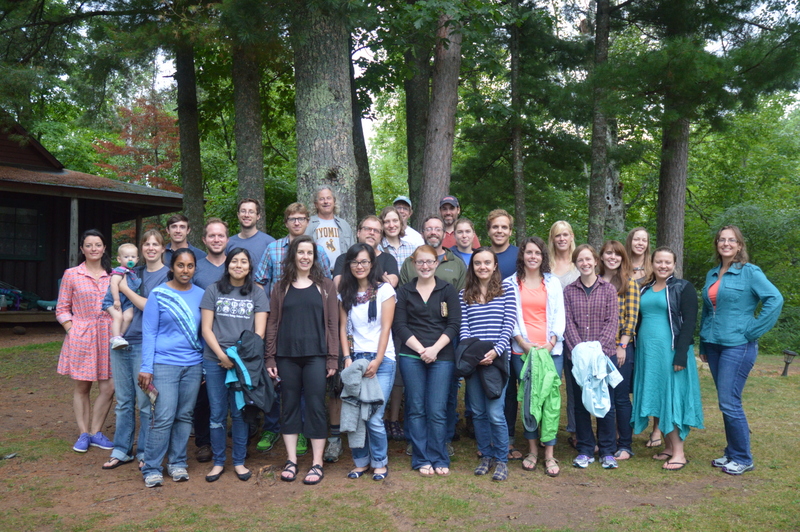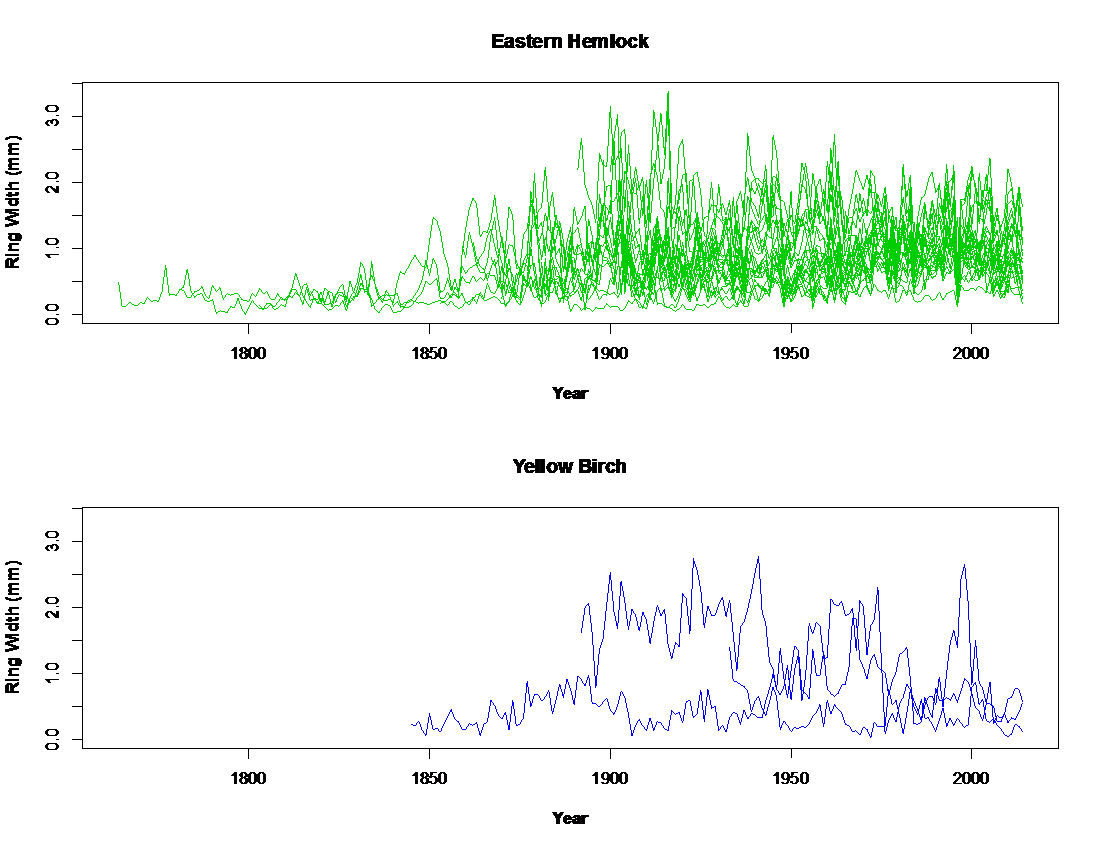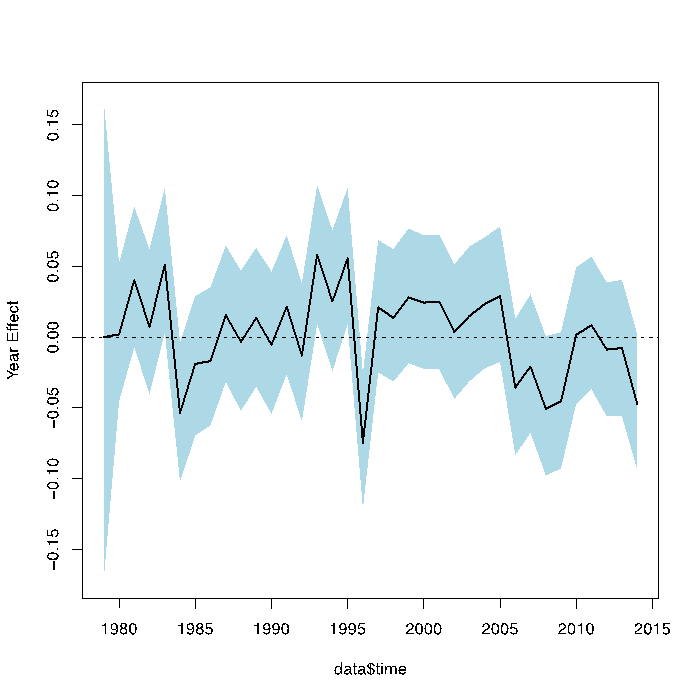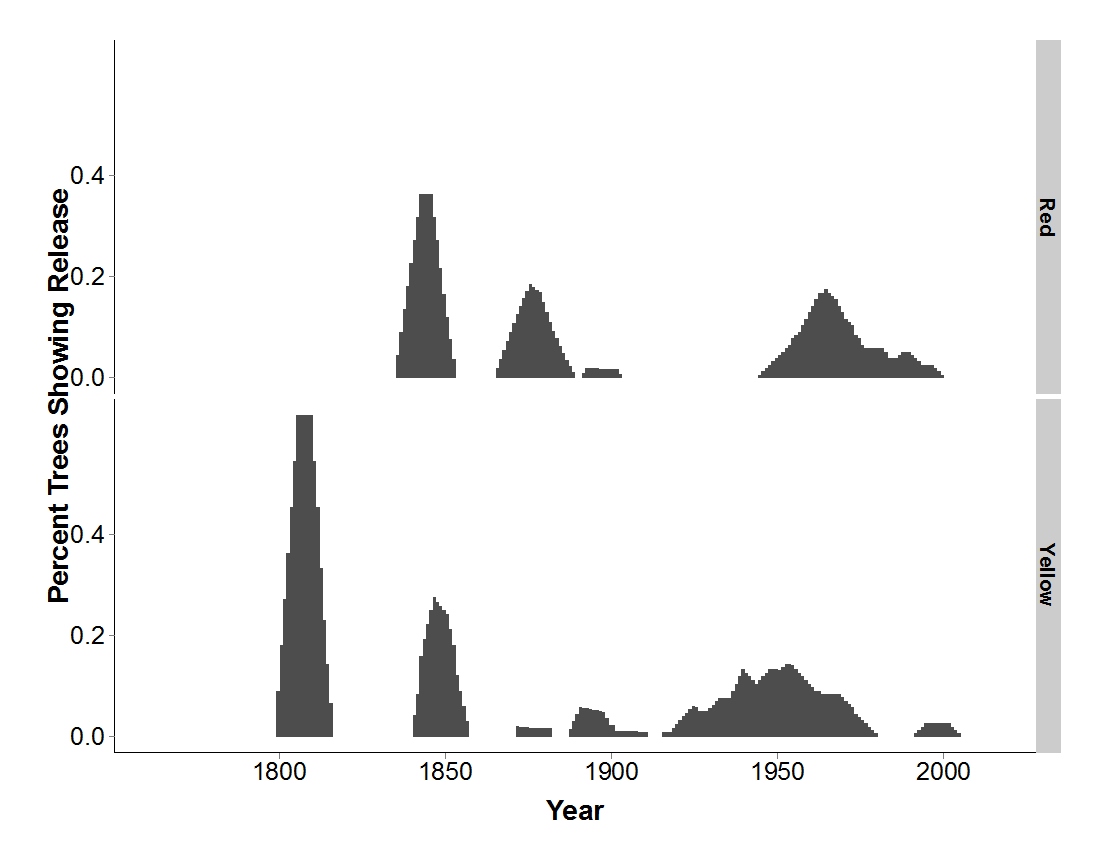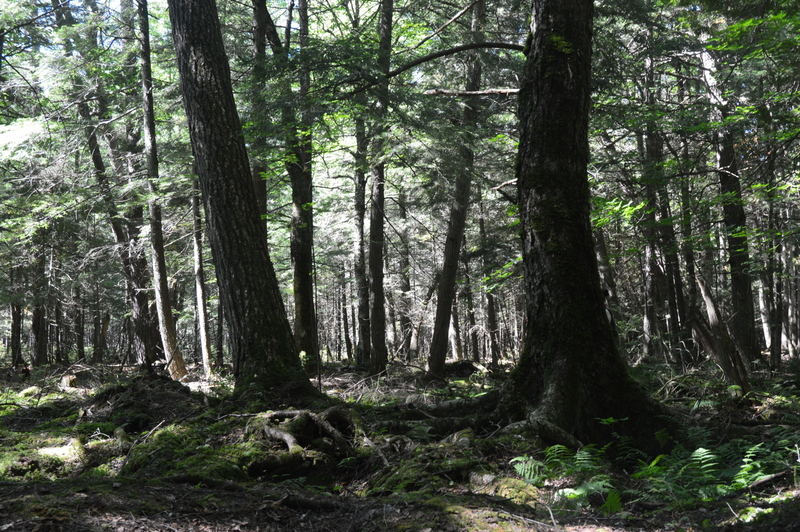

We have a number of PalEONistas leading, co-leading, or giving invited talks for AGU sessions that revolve around topics central to PalEON. If you are going to the American Geophysical Union conference in December and these sessions are of interest to you, be sure to submit your abstract by Wednesday, August 6!
Sessions
1. Finding Signal in the Noise: Dealing with Multiple Sources of Uncertainty in Paleoclimate and Paleoecology, Session ID: 3722
The session is sponsored by Paleoceanography and Paleoclimatology and co-sponsored by Biogeosciences, Global Environmental Change, and Nonlinear Geophysics.
Paleoclimatic and paleoecological proxies contain useful signals of past environmental state and variability that are confounded by multiple forms of uncertainty. Identifying meaningful signals and rigorously quantifying the multiple sources of uncertainty is essential to making inferences about past environments and applying these inferences to validate or improve earth system models or to inform decision-makers. Uncertainty can arise from multiple sources including inexact chronologies, unrepresented processes, uncertainties in the mechanisms that sense and archive past environmental change, and our capacity to describe these processes mathematically. In this session we will explore advances in disentangling this complexity via the use of mechanistic forward models, hierarchical statistical models, and other techniques to make robust inferences about past environments with well-quantified uncertainties.
PalEONistas involved: Jack Williams, Connor Nolan, Andria Dawson, John Tipton
2. Constraining Ecosystem Carbon Uptake and Long Term Storage Using Models and Data, Session ID: 2624
This session will focus on both short and long term processes with controlling ecosystem carbon uptake and storage using both modeling and observational approaches. Find more details HERE.
PalEONistas involved: Dave Moore, Valerie Trouet, Mike Dietze
3. Ecological Disturbance: Observing and Predicting Disturbance Impacts, Session ID: 2482
This session focuses on studies that address the effects of ecological disturbance on carbon, water, and nutrient dynamics, as well as methods for understanding non-equilibrium conditions. Find more details HERE.
PalEONistas involved: Jaclyn Hatala Matthes, Dave Moore, Mike Dietze
4. Phenology, Session ID: 3265
We encourage the submission of abstracts that address topics including phenological modeling, scaling from organisms to ecosystems, fusion of models and data, ecologicalforecasting, relationships between phenology and ecosystem processes and services, and the role of phenology in policy decision-making. Find more details HERE.
PalEONistas involved: Dave Moore
5. Inter-site Syntheses to Explore the Biophysical Controls on Ecosystem Mass and Energy Cycling, Session ID: 3725
The session is sponsored by Biogeosciences and co-sponsored by Global Environmental Change and Hydrology.
Data syntheses across a small number of geographically- or ecologically-similar research sites, or ‘micro-network’, can be very useful for exploring the response of ecosystem mass and energy cycling to a constrained set of biophysical driving variables. Thus, micro-network syntheses represent an important bridge between studies focused on hypothesis testing and model development at the site level, and the upscaling of those results to regional and continental landscapes characterized by wide gradients in climate and land cover regimes. In this session, we welcome studies focused on cross-site data syntheses from a small number (2-7) of field sites to better understand how ecosystem carbon, water, or energy fluxes respond to meteorological drivers, edaphic conditions, and/or land cover change. We invite contributions that draw from a range of leaf-level, tree-level, plot-level, and/or ecosystem-scale eco-physicological data.
PalEONistas involved: Neil Pederson (with many PalEONista co-authors)



